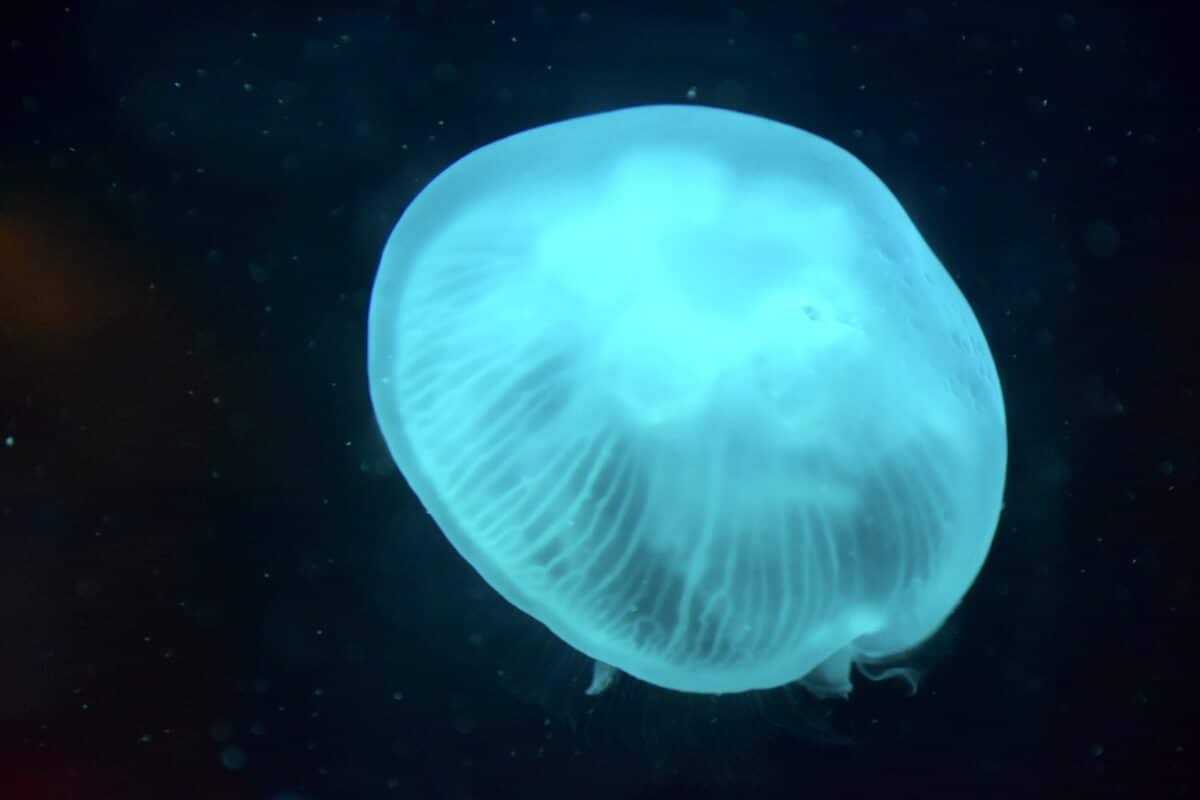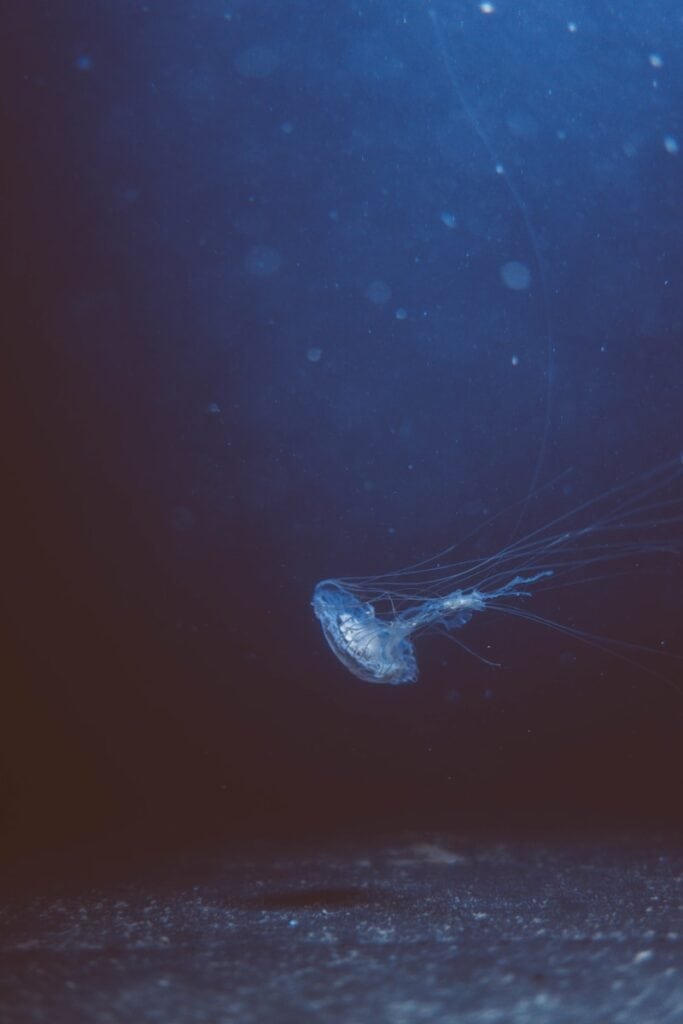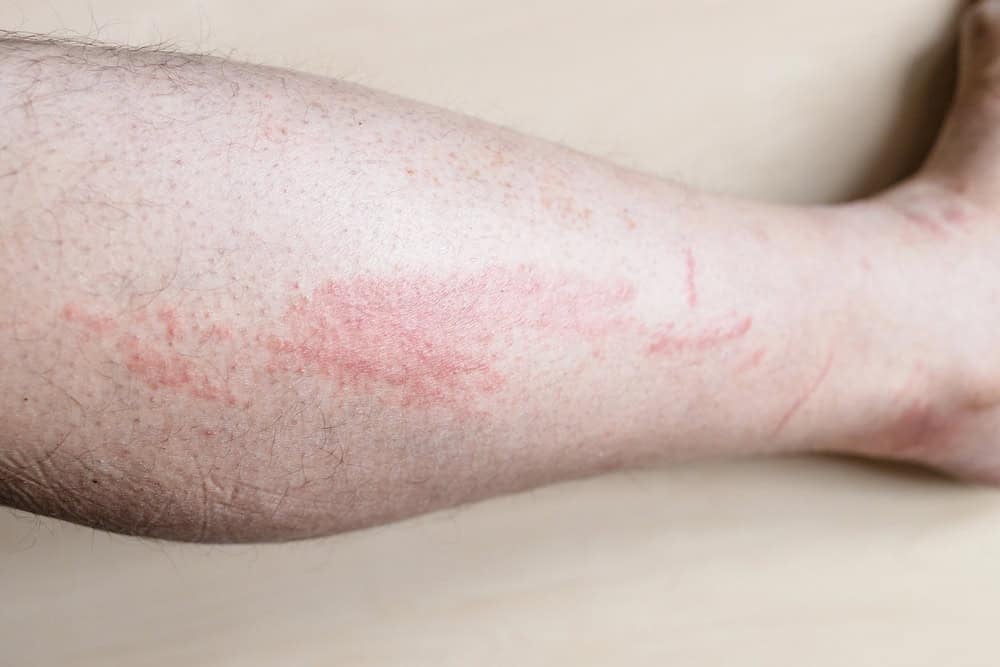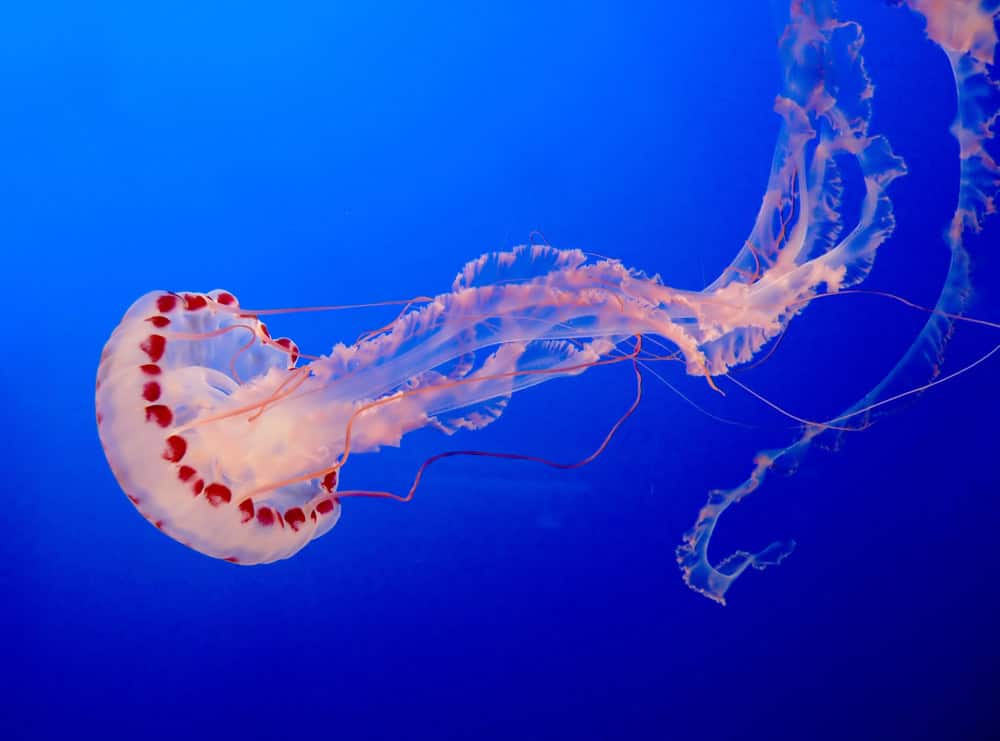Jellyfish, with their ethereal beauty and mysterious presence in the ocean, are often a source of wonder among sea enthusiasts. However, beneath their translucent beauty lies danger, as some species possess potent venom capable of causing harm to humans and other creatures. In this article, we will delve into the world of the most dangerous jellyfish, uncovering the fascinating yet perilous aspects of these aquatic creatures.
Introduction to Jellyfish

Jellyfish have been drifting through the world’s oceans for over 500 million years, making them one of the oldest living creatures. Despite their simple anatomy, lacking a brain or heart, these gelatinous beings have thrived for millennia. Their mesmerizing tentacles, however, carry a deadly weapon: venom.
The Venomous Box Jellyfish

Among the jellyfish family, the box jellyfish is renowned for being the most dangerous. Found predominantly in the warm coastal waters of the Indo-Pacific region, its venom can be lethal to humans. The venom of a box jellyfish targets the heart, nervous system, and skin cells, and can cause cardiac arrest, paralysis, or death in just a couple of minutes.
Chironex Fleckeri: The Deadliest Species

The Chironex fleckeri, also known as the sea wasp, is perhaps the most infamous among the box jellyfish. With tentacles reaching up to ten feet, each is equipped with thousands of stinging cells capable of delivering a deadly dose of venom. This jellyfish can cause excruciating pain and has been responsible for multiple fatalities.
Irukandji Jellyfish: A Tiny Threat

Despite being only about the size of a thumbnail, the Irukandji jellyfish poses a significant threat due to its venom, which can cause Irukandji syndrome. Symptoms include severe pain, vomiting, and increased blood pressure, and can appear minutes to hours after the sting. Its small size often renders it nearly invisible in the water.
Physalia Physalis: The Portuguese Man O’ War

Often mistaken for a jellyfish, the Portuguese Man O’ War is a siphonophore, yet it’s frequently included in discussions of dangerous jellyfish due to its potent sting. Its tentacles can extend up to 100 feet, delivering venom that can cause painful stings, nausea, and even respiratory distress in severe cases.
Understanding Jellyfish Venom

Jellyfish venom is a complex cocktail of toxins designed to immobilize prey and deter predators. It contains proteins that can attack various cellular structures, resulting in pain, cell death, or allergic reactions in their victims. The mechanism of venom delivery is through specialized cells called nematocysts.
The Lifecycle of a Jellyfish

The lifecycle of a jellyfish includes several stages: from the fertilized egg to planula larva, settling as a polyp, and eventually developing into a mature medusa. This process can vary among species, with some capable of a form of asexual reproduction known as budding, facilitating their prolific presence in oceans worldwide.
How to Avoid Jellyfish Stings

Prevention is key when it comes to jellyfish stings. Swimmers should heed local warnings about jellyfish presence, avoid swimming during jellyfish season, and consider wearing protective clothing. Staying informed and cautious can greatly reduce the risk of encounters with these marine dangers.
First Aid for Jellyfish Stings

If stung by a jellyfish, immediate action is crucial. It’s advised to rinse the affected area with vinegar to neutralize the venom, though not all stings benefit from this treatment. Removing tentacles with tweezers (not bare hands) and seeking medical attention, especially in severe cases, is highly recommended.
Environmental Impact of Jellyfish

Jellyfish are an integral part of the marine ecosystem, serving as both predators and prey. However, overfishing and climate change have led to surges in jellyfish populations, causing ecological imbalances. Understanding their role can help in devising strategies for maintaining marine biodiversity.
Conservation Efforts

Conservationists are working to address the causes of jellyfish proliferation, such as overfishing and habitat destruction, in efforts to protect oceanic ecosystems. Raising awareness about the ecological roles of jellyfish and their impact on human activities is essential in mitigating potential negative outcomes.
While jellyfish are among the most beautiful dwellers of the sea, their venomous nature warrants respect and caution. By understanding the dangers posed by species like the box jellyfish and Irukandji, and taking preventive measures, we can safely enjoy the ocean’s wonders. Awareness and education are vital components in harmonizing human activities with the delicate marine ecosystems that jellyfish inhabit.
- The World’s Most Dangerous Jellyfish - August 12, 2025
- The Tallest Dog Breed in the World Is Bigger Than a Small Horse - August 12, 2025
- How Crabs Can Regrow Lost Claws and Legs - August 12, 2025

